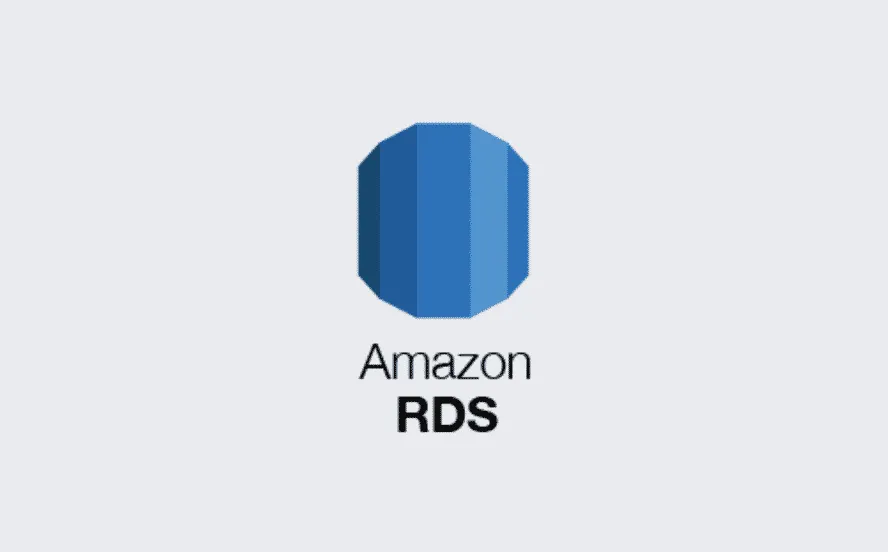AWS RDS — Quick guide about the Database Service in AWS with step-by-step process to create a new RDS Database
 Sundaresan Anandan
Sundaresan Anandan
What is Amazon RDS ?
Amazon Relational Database Service (Amazon RDS) is a managed relational database service provided by Amazon Web Services (AWS). It simplifies the setup, operation, and scaling of relational databases in the cloud. Here are the key details:
Key Features of Amazon RDS
- Managed Service:
Automated Backups: RDS automatically backs up your database and retains the backups for a user-defined retention period.
Software Patching: RDS handles the patching of the database software, ensuring that your database is always up-to-date with the latest security and feature updates.
Monitoring and Metrics: RDS provides detailed monitoring and metrics through Amazon CloudWatch, allowing you to track the performance and health of your database instances.
2. Scalability:
Vertical Scaling: You can easily scale the compute and memory resources of your database instance up or down based on your application needs.
Read Replicas: RDS supports read replicas, which allow you to create read-only copies of your database to offload read traffic and improve performance.
3. High Availability and Durability:
Multi-AZ Deployments: RDS supports Multi-AZ (Availability Zone) deployments, which provide enhanced availability and durability by automatically replicating data to a standby instance in a different AZ.
Automated Failover: In the event of a failure, RDS automatically performs a failover to the standby instance, minimizing downtime.
4. Security:
Encryption: RDS supports encryption at rest and in transit, ensuring that your data is secure.
Network Isolation: You can run RDS instances in Amazon Virtual Private Cloud (VPC) for network isolation and control over access to your database.
IAM Integration: RDS integrates with AWS Identity and Access Management (IAM) for fine-grained access control.
5. Database Engines:
RDS supports several popular database engines, including:
Amazon Aurora: A MySQL and PostgreSQL-compatible relational database with high performance and availability.
MySQL
PostgreSQL
MariaDB
Oracle
Microsoft SQL Server
Use Cases
Web and Mobile Applications: RDS is ideal for applications that require a reliable and scalable relational database, such as e-commerce platforms, content management systems, and mobile apps.
Enterprise Applications: RDS can be used for enterprise applications that require high availability, security, and compliance, such as ERP and CRM systems.
Development and Testing: RDS provides a cost-effective and scalable solution for development and testing environments, allowing developers to quickly spin up and tear down database instances.
Task:
Create a Free tier RDS instance of MySQL.
Create or use any of yours EC2 instance.
Once the RDS instance is up and running, get the credentials and connect your EC2 instance using a MySQL client.
Solution:
Make sure the EC2 instance is running so it appears in this drop-down menu.
You can choose the EC2 instance VPC that you selected in the previous step.
It could take up to 10 minutes, so be patient 🙂. In the meantime, install MySQL on your EC2 instance.
sudo apt install -y mysql-server
sudo systemctl start mysql.service
Once the database is available, it’s time to connect.
mysql -u admin -h YOUR_ENDPOINT -p
show databases;
Thank you for reading😉.
Subscribe to my newsletter
Read articles from Sundaresan Anandan directly inside your inbox. Subscribe to the newsletter, and don't miss out.
Written by

Sundaresan Anandan
Sundaresan Anandan
I am a tech enthusiast and have dedicated 5+ years of experience in software development. Currently, I am working as a solution engineer. Here my responsibilities are to directly interact with customers and fellow developers, then identify their pain points and figure out the solutions. Apart from that, I spent plenty of time code along with other developers, writing technical documents and preparing architecture diagrams.